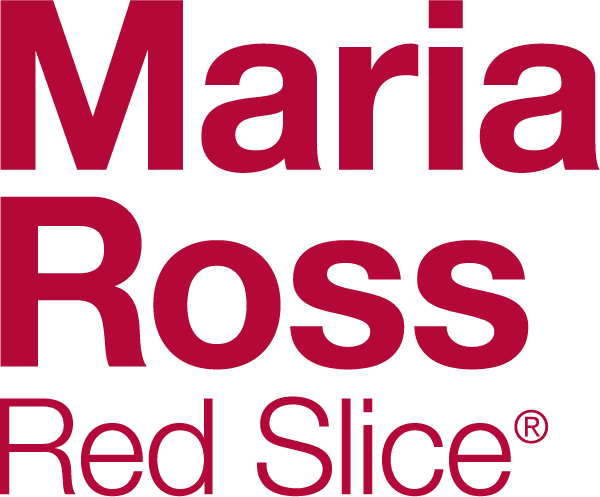Check out this fun little experiment in brand perception at www.brandtags.net. They flash a logo up and you type the first thing that comes to mind when you see it. From the site: "The basic idea of this site is that a brand exists entirely in people’s heads. Therefore, a brand is whatever they say it is." Then you get to see the tags that people typed in and where yours falls in the mix.
Just goes to show that while logos are just visual elements, it’s the promise, and experience of every interaction with the company that goes into its brand. However, if you have had no interaction with a new brand, you will rely on the visual cues (colors, shapes, typefaces) to get a feel for what they are all about. This is why its so important to build a strong brand strategy first, decide what you want to communicate and THEN design a logo. Not the other way around.
Recently, I got a phone call from someone asking about my services for her fledgling business. She asked me my initial impressions of her current logo, which she had paid a marketing agency a lot of money to design for her. Now I normally don’t like to just give spur-of-the-moment audits until I understand the brand strategy and what the company is trying to communicate and to whom. But she had described a bit about her business before I even saw the logo, so I understood some of what her main communication points were.
The first red flag I got for her was that this agency had never once asked her who her ideal customer was before designing her logo. How can agencies get away with such negligent behavior? How can you design something when you don’t know who is consuming it and how they need to feel about it? It kills me that agencies pull the wool over people’s eyes like that.
I gave her my honest impressions of what the color, graphics and font communicated to me. And she was not happy with my answers. She told me how much she liked her logo, and how maybe that was just one person’s opinion. To which I agreed with everything she said. I actually liked her logo, too, and yes, my opinion is just one. One honed by over 15 years experience in marketing communications and branding and understanding how to separate my personal preferences from the needs of the target audience, but yes, one person’s opinion.
My response to her was that my opinion didn’t matter and neither did hers in the end. I liked her logo, too, but it completely contradicted what she had told me she wanted her business to stand for – and quite frankly contradicted the more sophisticated and polished brand image of he website overall, which seemed much more aligned with what she had stated.
And that is what really matters in the end. I have no idea if maybe this logo does strike a chord and attract her target audience effectively – perhaps it does (this would take more work to figure out than just a phone call). But given what she said she wanted her brand to communicate and what her logo was communicating instead, these were my initial first reactions to the logo. And they were not what she wanted to hear. Especially after spending what I assume to be a lot of money.
Brand is in the eye of the beholder. And it’s true: if your target audience loves your look and feel and if it communicates to them exactly what you want it to, then you are right on target. However, everything – color, typeface, graphic style, size, etc – in the logo communicates something consciously and subconsciously. When you (or your designers) don’t do this due diligence in ensuring your visual elements communicate the exact message you want to the exact people you want, leaving room for misinterpretation, then the fault lies with you – not with the people perceiving your brand.



